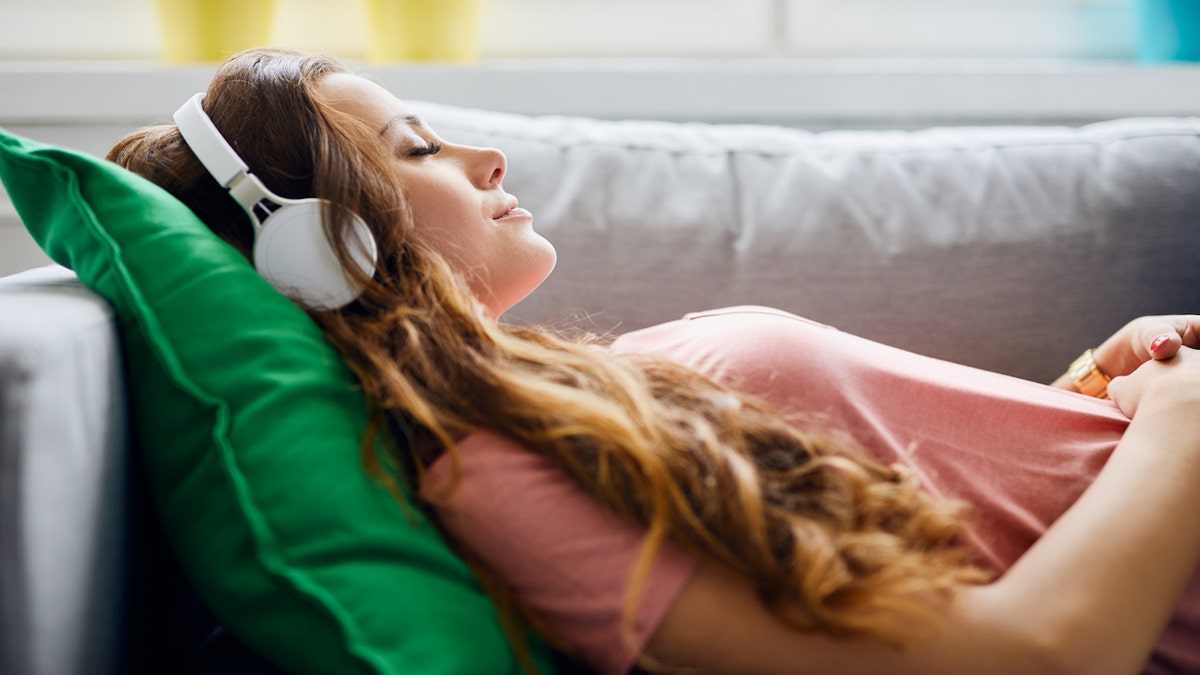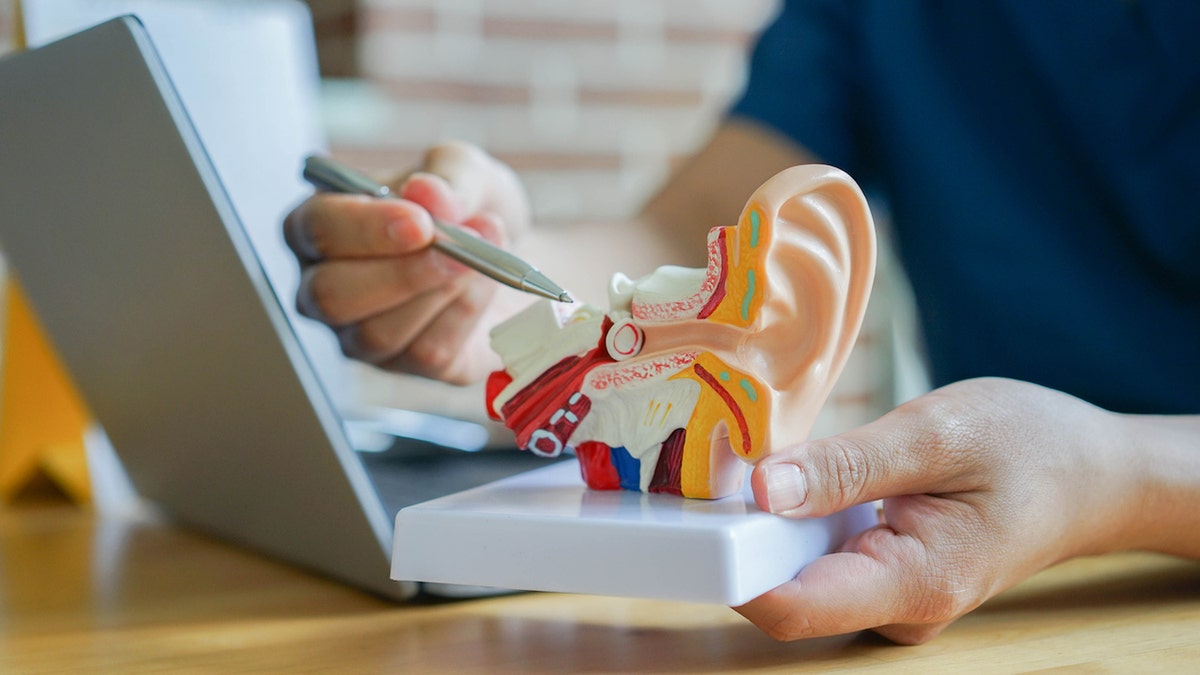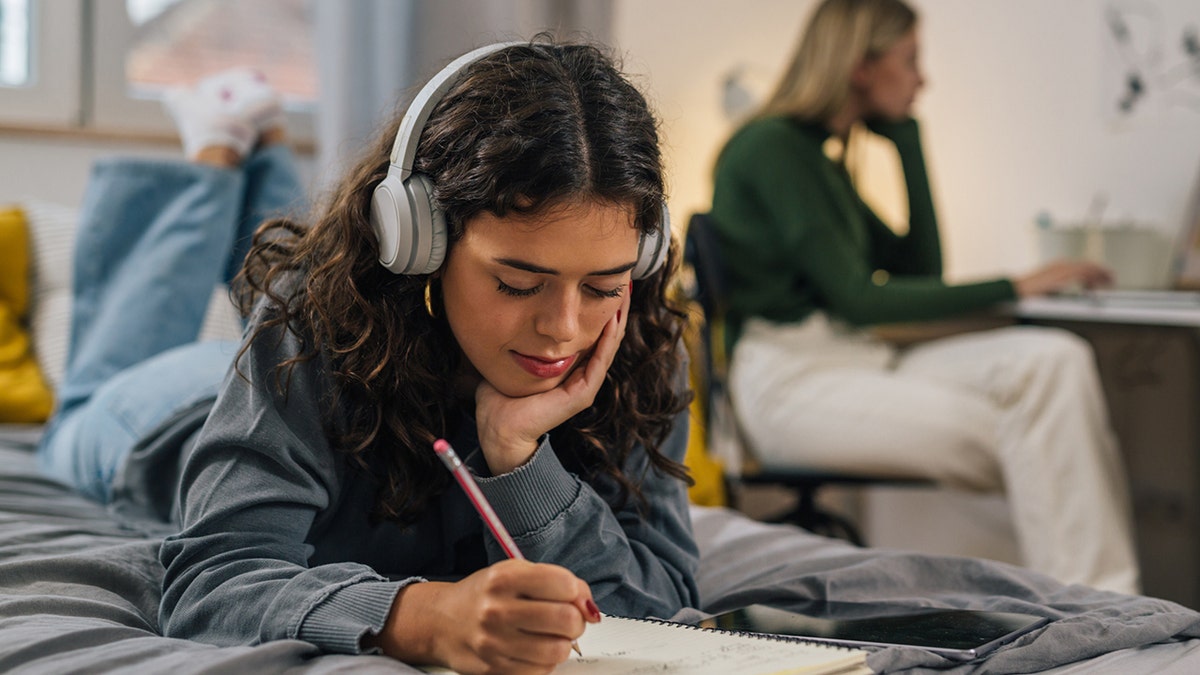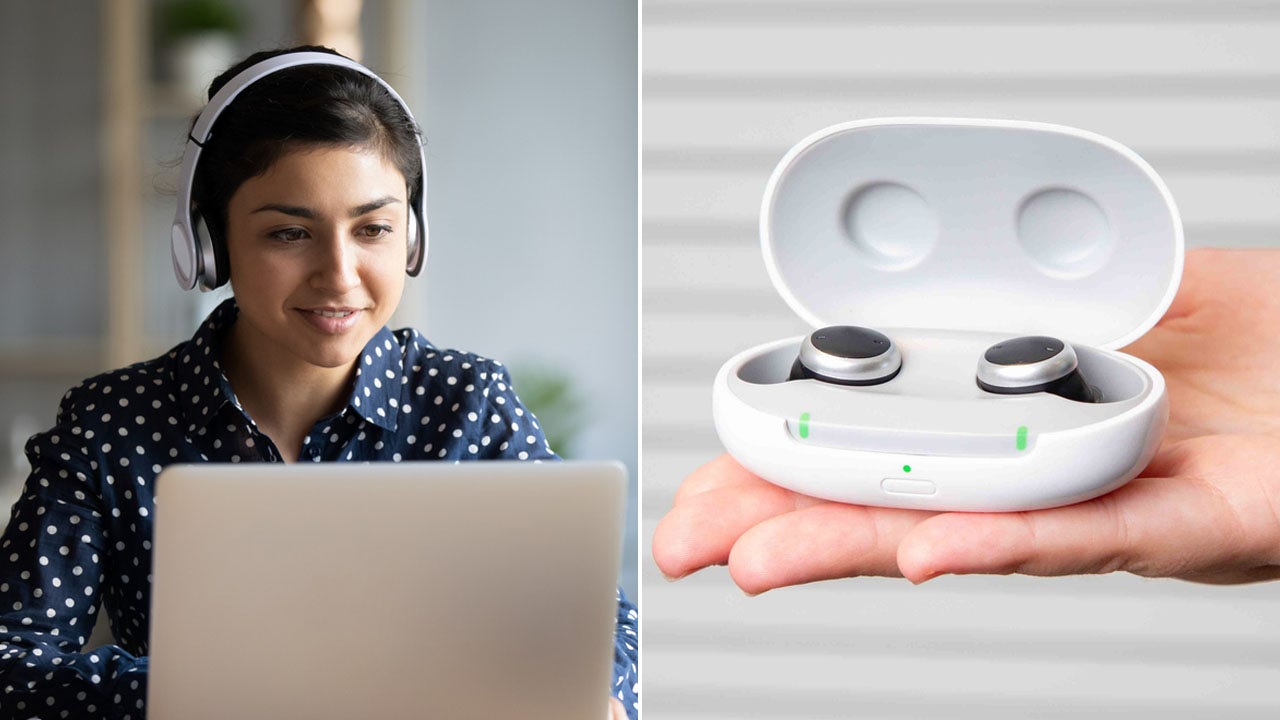Noise-canceling earbuds and headphones can be helpful when you need silence on demand — but could they be hazardous to your health?
The technology has grown in popularity among people who need to eliminate auditory distractions — background chatter, loud children or traffic noise. Yet some experts claim that blocking out the sounds of your surroundings can put you at risk.
“Technology often provides convenience at the cost of awareness,” Josh Gordon, head of innovation at the Singapore technology company Geonode, told Fox News Digital.
FITNESS CLASS TOO LOUD? WHAT TO KNOW ABOUT PROTECTING YOUR HEARING HEALTH
“Noise-canceling earbuds may bring welcome silence, but they might also mask vital sounds that could save your life.”
Generally, good noise-canceling headphones can reduce noise by 20 to 40 decibels (dB), according to Gordon.
Noise-canceling earbuds and headphones can be helpful when you need silence — but some experts say they can be hazardous to your health. (iStock)
“There are positives and negatives to every technology,” Dr. Ruth Reisman, a clinical audiologist and hearing aid dispenser in New York State, told Fox News Digital.
“There can be some negative side effects to wearing noise-canceling headphones, including the reduction of awareness of [people’s] surroundings.”
ASK A DOC: ‘WHY ARE MY EARS RINGING, AND SHOULD I SEE A DOCTOR?’
One of Reisman’s colleagues recently did a study on this topic, she said.
“It was found that in addition to the volume of the media, the exposure and time of usage can also impact the patients’ hearing,” she noted.
This can potentially result in hearing damage and an “auditory processing challenge,” according to Reisman.

Generally, good noise-canceling headphones can reduce noise by 20 to 40 decibels, an expert noted. (iStock)
Joel Smith, a California-based audio expert and founder of the music hub AllAxess.com, agreed that noise-canceling headphones can impact hearing if they’re not used properly.
“Blasting the volume for too long can cause noise-induced hearing loss, ringing in the ears called tinnitus or even make it harder to process and distinguish sounds clearly over time,” he told Fox News Digital.
HEARING LOSS MORE LIKELY TO AFFECT RURAL AMERICANS AND MEN, NEW STUDY SHOWS
Constant exposure to loud noise can damage the inner ear hair cells that send sound signals to the brain, according to Smith.
“As those hair cells deteriorate from the loud noise, it makes it harder for your brain to properly interpret speech, background noise and other subtle sounds,” he said.
“It’s like your auditory processing gets muffled or desensitized.”

Noise-canceling earbuds or headphones can be used safely, “as long as they are set at an appropriate volume and not used for extended periods of time,” an expert said. (iStock)
Another risk, according to Smith, is that earbuds that aren’t cleaned regularly can trap moisture and bacteria, increasing the risk of ear infections.
“Some studies also suggest that excessive headphone use might affect your balance and spatial awareness, since you’re not relying on natural sound cues as much,” Smith added.
Safe usage tips
Noise-canceling headphones have their benefits, experts agree.
They can be helpful for people who have hyperacusis (sensitivity to noise) or those who have autism, Reisman advised.
“This can often make a noisy or disorienting environment tolerable or accessible to individuals with these challenges,” the doctor said.
EAR INFECTIONS IN YOUNG CHILDREN COULD LEAD TO DELAYED SPEECH FOR THEM, STUDY FINDS
Noise-canceling earbuds or headphones can be used safely, Reisman said — “as long as they are set at an appropriate volume and not used for extended periods of time.”
Research shows that anything below 80 decibels is considered a safe volume, the doctor noted, with usage ideally limited to no more than two to three hours per day.

Constant exposure to loud noise can damage the inner ear hair cells that send sound signals to the brain, according to an expert. (iStock)
“The question is how to actually measure the amount of decibels at the level of the eardrum,” she said.
“You can potentially go to an audiologist and have [the expert] do a real ear measure, or use a sound level meter at the level of the ear to assess the intensity.”
Some phones also offer some guidance on safe volume levels, Reisman added.
CLICK HERE TO SIGN UP FOR OUR HEALTH NEWSLETTER
“I don’t think people need to avoid [noise-canceling headphones] completely, but you’ve got to use them responsibly,” Smith said.
He recommends following the 60/60 rule, which means keeping the volume at 60% or less and taking a break every 60 minutes to give your ears a rest.

“I don’t think people need to avoid [noise-canceling headphones] completely, but you’ve got to use them responsibly,” an expert said. (iStock)
“Be extra cautious in loud environments, since you might crank it up way too high to overcome that background noise,” he advised.
Smith recommended taking regular breaks and keeping volumes moderate to prevent auditory fatigue and preserve healthy hearing into older age.
CLICK HERE TO GET THE FOX NEWS APP
“Technology is a powerful tool,” Gordon added.
“But like any tool, understanding its limitations and using it responsibly is key to staying safe.”
For more Health articles, visit www.foxnews.com/health.





